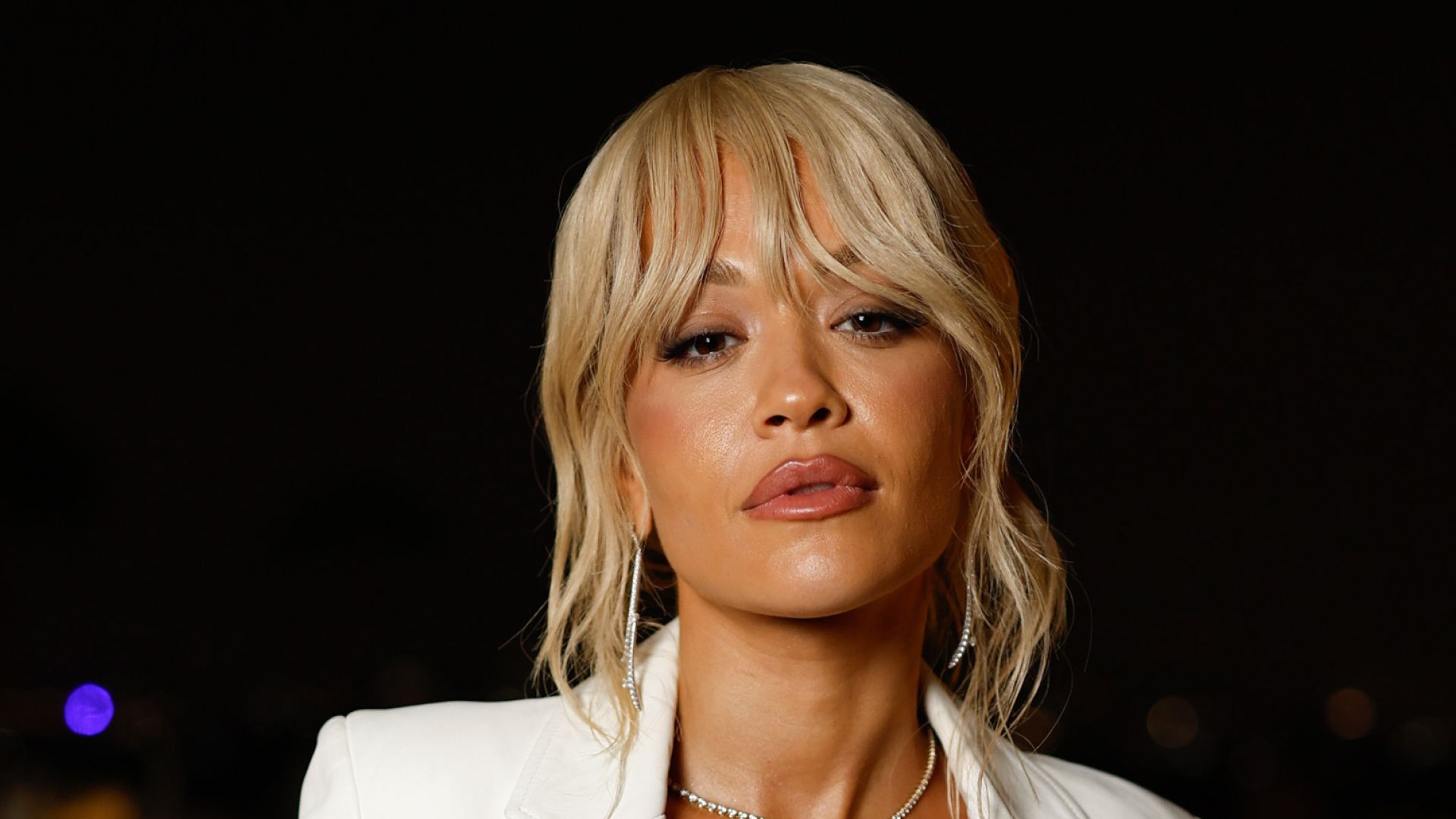




Rita Ora’s Curtain Bangs Bring Back '90s Cool

Rita Ora has once again refreshed her look, this time with a modern take on curtain bangs that nod unmistakably to the ’90s — a decade that continues to shape hair trends. The singer’s new style, evoking Pamela Anderson’s iconic fringe, highlights how vintage silhouettes are being translated into contemporary, wearable cuts. What began as a celebrity moment can quickly ripple through salons, social feeds and street style, making curtain bangs one of the key hair conversations this season.
Why curtain bangs are resurfacing
Curtain bangs — long, centre-parted fringe that sweeps to the sides — have enjoyed several revivals since their 1970s and 1990s peaks. Their comeback now is fuelled by a few interconnected forces: nostalgia for Y2K and ’90s fashion, a move towards softer, low-commitment face-framing, and high-profile endorsements from celebrities like Rita Ora.
These bangs are versatile, flattering most face shapes when cut correctly, and feel less severe than a blunt fringe. They’re especially appealing for those who want the framing effect of a fringe without the full-time upkeep. As hairdressers and stylists adapt the look for different textures, the style becomes accessible to a broader audience.
How stylists are updating the classic
Modern curtain bangs tend to favour movement and texture over perfectly symmetrical lines. Stylists are blending the fringe into longer layers and using soft point-cutting techniques so the hair sits naturally when parted. This approach keeps the look fresh and avoids a dated, overly-constructed finish.
- Layering: Subtle layers around the face create lightness and prevent a heavy curtain effect.
- Texture: Razor finishes or point-cutting add whispery ends that move with the hair.
- Length options: Bangs can be kept long — grazing the cheekbones — or shorter depending on desired drama.
- Adaptations for curl: Stylists often cut curtain bangs dry for curly clients to account for shrinkage and natural fall.
Styling and maintenance — what to expect
Part of the appeal of curtain bangs is their perceived low-maintenance nature, but they still need some attention to look their best. Here are practical considerations for anyone thinking of trying the trend.
- Daily styling: A quick blow-dry with a round brush or a few passes with a large-barrel tong helps set the part and add shape.
- Product picks: Lightweight creams or sea-salt sprays enhance movement; avoid heavy serums that weigh fringe down.
- Trims: To keep the curtain shape, many find salon or home trims every 6–8 weeks useful, though longer intervals suit looser, lived-in versions.
- Growing out: The soft layering makes curtain bangs one of the easier fringes to grow out without awkward stages.
For those with texture — from loose waves to tight curls — a conversation with a stylist is essential. Cutting and styling considerations differ by curl pattern, and a bespoke approach ensures the bangs sit and move in harmony with the rest of the hair.
Who suits curtain bangs?
Curtain bangs are widely flattering but are most effective when tailored. They can soften angular features, add width to longer faces and draw attention to the eyes and cheekbones. That said, the final result depends on length, density and styling. A trusted stylist will assess face shape, hair density and lifestyle before recommending a bespoke curtain bang.
Takeaway
Curtain bangs are a timely reminder that fashion cycles are alive and well. Rita Ora’s modern interpretation of the ’90s fringe underlines how classic looks can be refreshed for today’s styling preferences: softer edges, textured finishes and versatility across hair types. Whether you’re experimenting with a subtle face-framing layer or committing to a more defined fringe, the key is a tailored cut and sensible styling routine that suits your hair’s natural behaviour.
Stay Updated: Read more UK hair industry news and innovations on Hairporium News.







